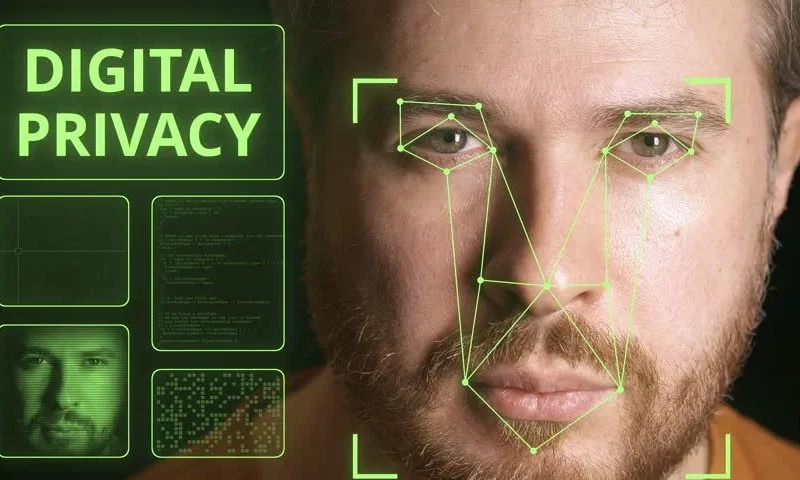In today’s digital landscape, preserving our digital privacy is paramount. The importance of data protection cannot be overstated, given the sheer volume of personal and sensitive information shared online every day. The cornerstone of maintaining data protection involves understanding some basic principles, such as creating robust passwords, regularly updating software, and being vigilant about the information we share on various platforms. These foundational steps are crucial in protecting and enhancing one’s data protection.
Common Privacy Threats and Risks

One of the prominent threats to digital privacy is phishing attacks. These deceptive tactics aim to trick individuals into divulging personal information, such as usernames, passwords, and credit card numbers, thereby compromising their data protection. Similarly, data breaches remain a significant risk, with countless instances of sensitive personal details being exposed. Both of these threats highlight the need for heightened awareness and robust security measures to safeguard our personal data.
Effective Password Management Strategies
To fortify digital privacy, using strong and unique passwords is essential. A combination of letters, numbers, and special characters can prevent unauthorized access to personal accounts. Furthermore, embracing multi-factor authentication (MFA) significantly enhances data protection. By requiring additional verification steps, MFA adds an extra layer of security, making it more difficult for cybercriminals to gain access to one’s online accounts.
Using Two-Factor Authentication
Two-factor authentication (2FA) is an effective mechanism to enhance data protection. By requiring two forms of verification, such as a password and a temporary code sent to a mobile device, 2FA makes it considerably more challenging for unauthorized users to access personal information. Implementing 2FA protocols can significantly mitigate digital privacy risks, providing an added layer of defense against potential security breaches.
Monitoring Personal Data Usage
Understanding and controlling personal data is pivotal to maintaining digital privacy. By being aware of how and where our data is used, we can take proactive steps to protect it. Utilizing tools designed for monitoring data usage is an effective approach to enhancing data protection. These tools can help individuals track the dissemination of their personal information and alert them to potential security threats.
Privacy Settings on Social Media
Digital privacy is particularly important in the context of social media. The platforms we use for sharing personal moments and keeping in touch with friends can also be gateways for privacy breaches. Managing data protection through social media privacy settings is crucial. It is advisable to review and adjust these settings regularly, ensuring that personal information is only accessible to trusted individuals and not the entire internet.
Safeguarding Personal Information Online
One of the primary ways to ensure digital privacy is by implementing strong passwords. Strong passwords act as a first line of defense against unauthorized access. Additionally, utilizing two-factor authentication further enhances data protection by adding a secondary layer of security. These measures together can make it exceedingly difficult for cyber intruders to infiltrate personal accounts and access sensitive information.
Role of Encryption in Protecting Data
Encryption plays a pivotal role in safeguarding data and is a cornerstone of digital privacy. By converting data into a code to prevent unauthorized access, encryption ensures that sensitive information remains confidential even if a network is breached. As such, it is an essential tool for modern data protection, providing a shield against potential data theft and unauthorized scrutiny.
Understanding Privacy Policies and Terms

In the realm of digital privacy, understanding privacy policies and terms is crucial. These documents often contain vital information about how personal data is collected, used, and protected. Appreciating the nuances between privacy policies and terms can substantially impact one’s data protection. While privacy policies generally outline the handling of personal data, terms of service typically cover how users can and cannot use a service. Being cognizant of these distinctions is key to protecting personal information.
Best Practices for Mobile Device Security
To maintain digital privacy on mobile devices, using strong passcodes is essential. A robust passcode can prevent unauthorized access in case the device is lost or stolen. Moreover, regularly updating software is a critical practice to ensure data protection Software updates often include security patches that fix vulnerabilities, reinforcing the device’s defenses against potential cyber threats. Adopting these best practices can substantially enhance the security and privacy of mobile devices.
Conclusion:
In conclusion, digital privacy requires proactive measures and continuous vigilance. By adhering to the outlined principles and strategies, individuals can significantly bolster their data protection in an increasingly interconnected world.










